Hello dear guys! Greetings, dear adults! You are reading these lines, which means that someone once made sure that we could exchange information with the help of writing.
Drawing rock carvings, trying to tell something, our ancestors many centuries ago could not even think that very soon 33 letters of the Russian alphabet would add up to words, express our thoughts on paper, help read books written in Russian and allow you to leave your mark on history of folk culture.
And where did they all come to us from A to Z, who invented the Russian alphabet, and how did the letter come about? The information in this article may be useful for research work in the 2nd or 3rd grade, so welcome to study in detail!
Lesson plan:
What is the alphabet and how did it all begin?
The word familiar to us from childhood came from Greece, and it is composed of two Greek letters - alpha and beta.
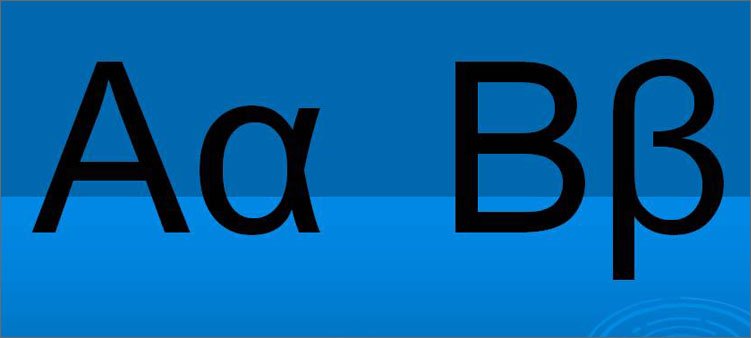
In general, the ancient Greeks left a huge mark on history, and they could not do without them here. They put a lot of effort into spreading writing throughout Europe.
However, many scientists are still arguing who would be the first, and in what year it was. It is believed that the Phoenicians were the first to use consonants back in the 2nd millennium BC, and only then the Greeks borrowed the alphabet from them and added vowels there. This was already in the 8th century BC.
Such Greek writing became the basis of the alphabet for many peoples, including our Slavs. And among the most ancient are the Chinese and Egyptian alphabets, which appeared from the transformation of rock paintings into hieroglyphs and graphic symbols.
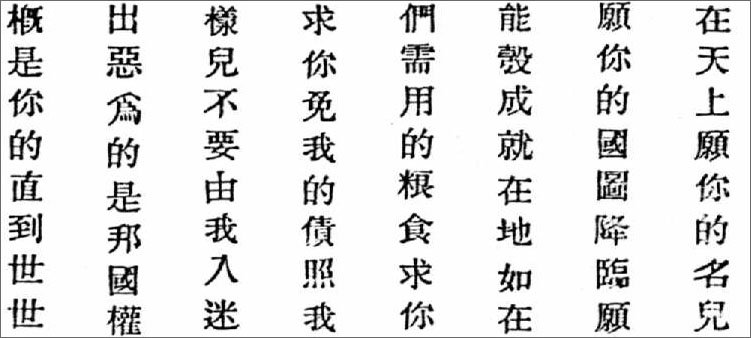
But what about our Slavic alphabet? We don't write in Greek today! The thing is that Ancient Russia sought to strengthen economic and cultural ties with other countries, and for this a letter was needed. Moreover, the first church books began to be brought to the Russian state, since Christianity came from Europe.
It was necessary to find a way to convey to all Russian Slavs what Orthodoxy is, to create their own alphabet, to translate church works into a readable language. The Cyrillic alphabet became such an alphabet, and it was created by the brothers, popularly referred to as "Thessalonica".
Who are the Thessaloniki brothers and what are they famous for?
These people are named so not by the fact that they have a surname or a given name.
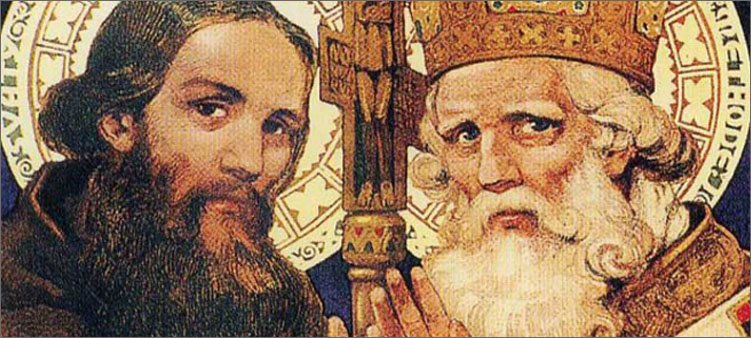
Two brothers Cyril and Methodius lived in a military family in a large Byzantine province with the capital in the city of Thessalonica, from this name of their small homeland the nickname came.
The population in the city was mixed - half Greeks and half Slavs. Yes, and the parents of the brothers were of different nationalities: the mother is Greek, and the father is from Bulgaria. Therefore, both Cyril and Methodius knew two languages from childhood - Slavic and Greek.
It is interesting! In fact, the names of the brothers at birth were different - Konstantin and Michael, and they were named church Cyril and Methodius later.
Both brothers excelled in their studies. Methodius mastered military techniques and was very fond of reading. Well, Cyril knew as many as 22 languages, was educated at the imperial court and was nicknamed a philosopher for his wisdom.
Therefore, it is not at all surprising that the choice fell on these two brothers when the Moravian prince asked the Byzantine ruler for help in 863 with a request to send wise men who could convey the truth of the Christian faith to the Slavic people and teach them how to write.
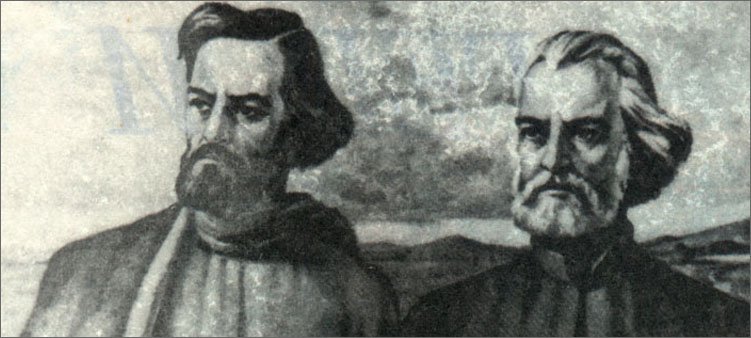
And Cyril and Methodius set off on a long journey, moving for 40 months from one place to another, explaining in the Slavic language well known to them from childhood, who Christ is and what is his strength. And for this it was necessary to translate all church books from Greek into Slavonic, which is why the brothers began to develop a new alphabet.
Of course, already in those days, the Slavs in their lives used many Greek letters in counting and writing. But the knowledge they had had to be streamlined, brought to one system, so that it would be simple and understandable for everyone. And already on May 24, 863, in the Bulgarian capital Pliska, Cyril and Methodius announced the creation of the Slavic alphabet called Cyrillic, which became the progenitor of our modern Russian alphabet.
It is interesting! Historians have discovered the fact that even before the Moravian commission, while in Byzantium, the brothers Cyril and Methodius invented an alphabet for the Slavs based on Greek writing, and it was called Glagolitic. Maybe that's why the Cyrillic alphabet appeared so quickly and simply, since there were already working outlines?
Transformations of the Russian alphabet
The Slavic alphabet created by Cyril and Methodius consisted of 43 letters.
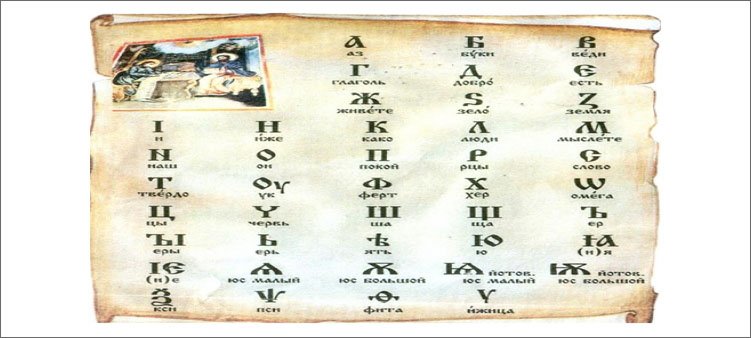
They appeared by adding to the Greek alphabet (and it had 24 letters) newly invented 19 characters. After the appearance of the Cyrillic alphabet in Bulgaria, the center of Slavic writing, the first book school appeared, and liturgical books began to be actively translated.
In any old book
“Izhitsa lived in the world,
And with it the letter Yat "
Gradually, the Old Slavonic alphabet comes to Serbia, and in Ancient Russia it appears at the end of the 10th century, when the Russian people accept Christianity. It was then that the whole long process of creating and improving the Russian alphabet, which we use today, begins. That's what was interesting.
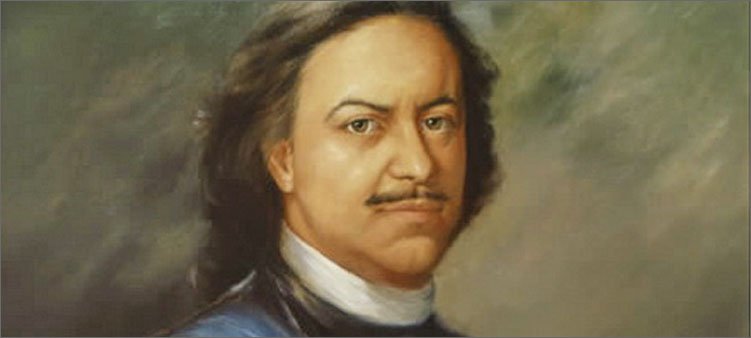
It is interesting! The godmother of the letter "Yo" was Princess Ekaterina Dashkova, who proposed introducing it into the alphabet in 1783. The idea of the princess was supported by the writer Karmazin, and now, with their light hand, the letter appeared in the alphabet, taking the honorable seventh place.
The fate of "Yo" is not easy:
- in 1904 its use was desirable, but not at all obligatory;
- in 1942, by order of the educational authority, it was recognized as compulsory for the school;
- in 1956, whole paragraphs of the rules of Russian spelling were devoted to her.
Today, the use of "Yo" is important when you can confuse the meaning of written words, for example here: perfect and perfect, tears and tears, sky and sky.
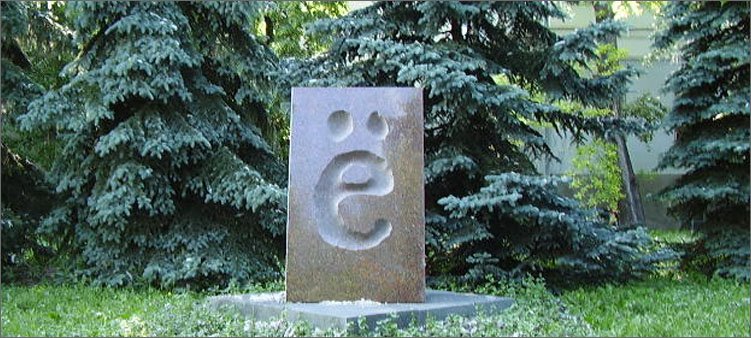
It is interesting! In 2001, the world's only monument to the letter "Yo" in the form of a low stele was opened in the Ulyanovsk Karamzin Square.
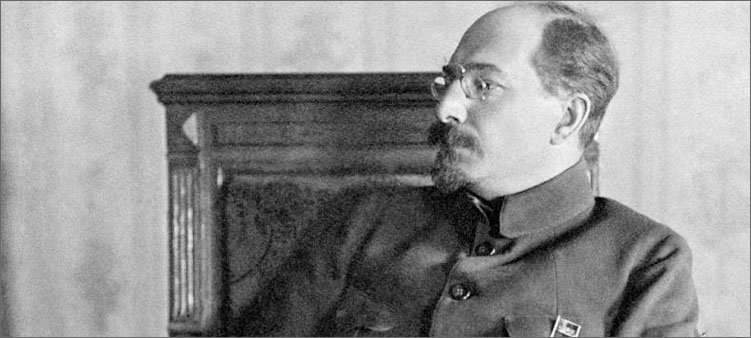
As a result, today we have 33 beauties who teach us to read and write, open up a new world for us, help us to be educated in order to learn our native language and respect our history.
I am sure that you have known all these 33 letters for a long time and never confuse them in places in the alphabet. Wouldn't you like to try to learn the Old Slavonic alphabet too? Here it is, below in the video)
Well, there are more projects on one interesting topic in your piggy bank. Share the most interesting with classmates, let them also know where the Russian alphabet came from. And I say goodbye to you, until we meet again!
Success in your studies!
Evgenia Klimkovich.
